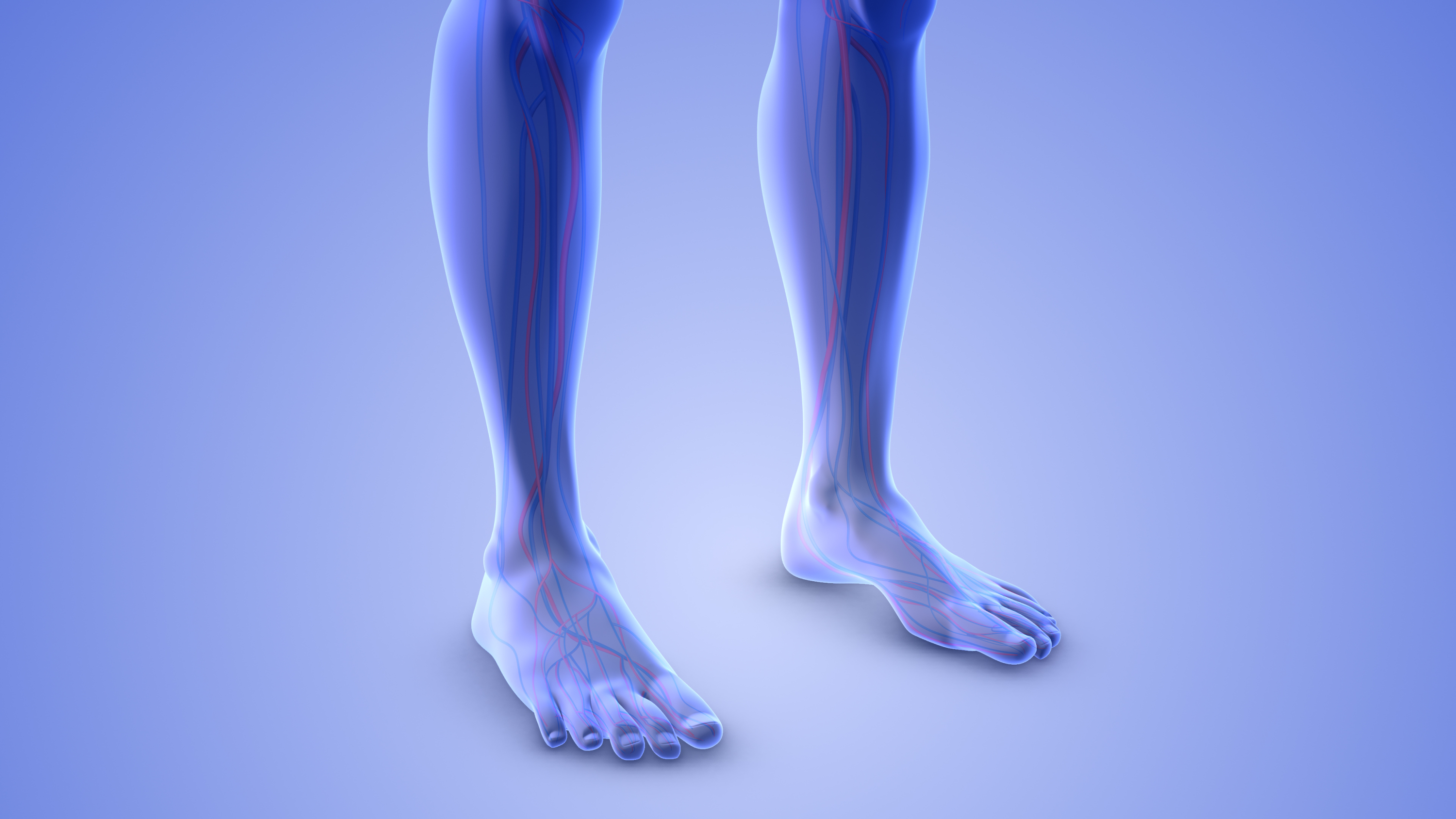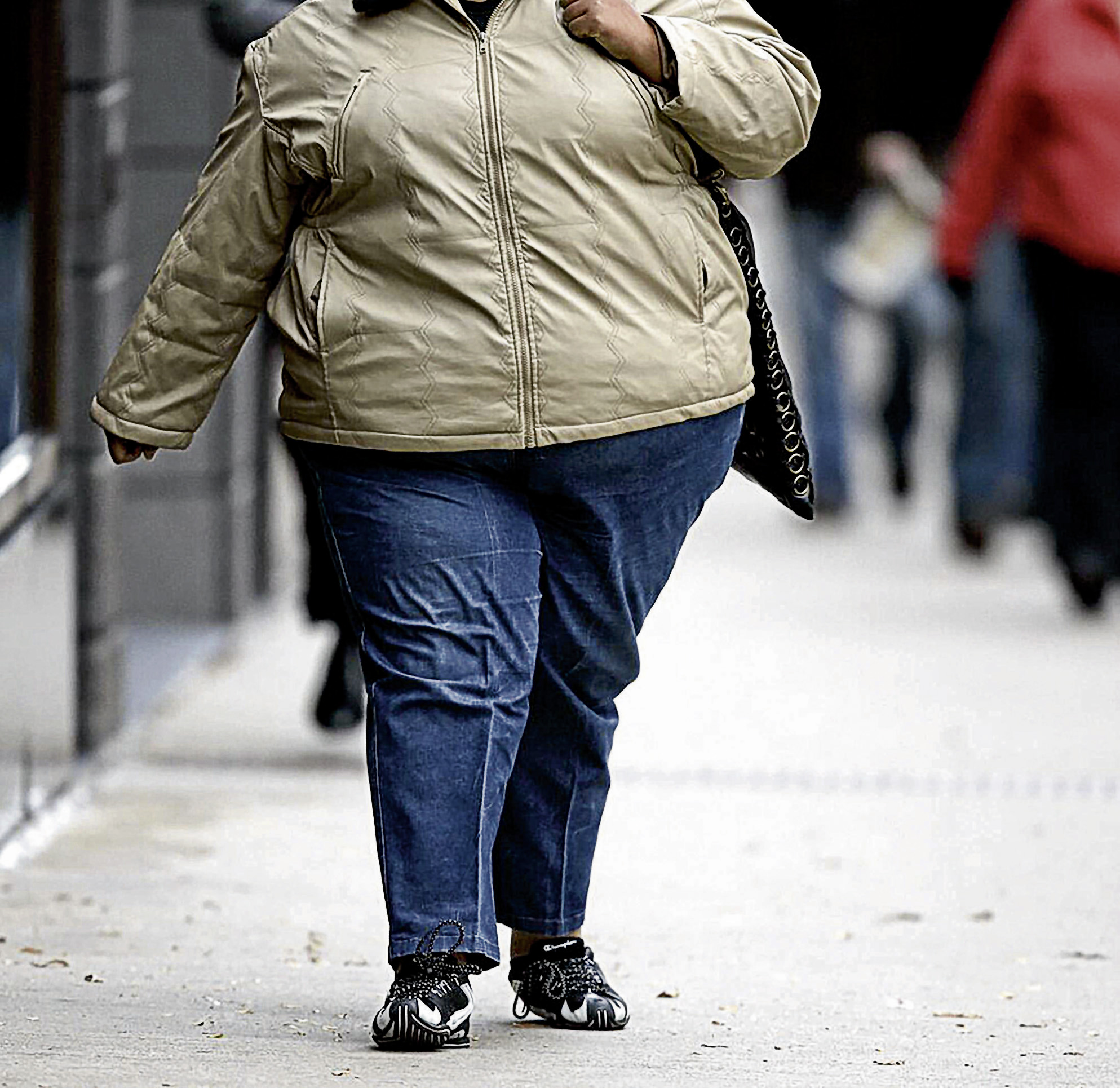Up to 50% of adults may have chronic venous insufficiency (CVI) without knowing it: what is it?

Chronic venous insufficiency (CVI), a condition that causes heaviness, swelling, and varicose veins, has become a silent public health problem in Colombia. It is estimated that between 25% and 50% of the adult population suffers from it, and the most worrying aspect is that many of them are unaware of it, severely affecting their quality of life and emotional well-being.
CVI is not just a cosmetic issue; its implications go beyond visible varicose veins. Recent studies reveal that 25% of patients experience sleep disturbances due to nighttime cramps and tingling, which directly impacts their daily life, work, and personal relationships.

Twenty-five percent of patients experience sleep disturbances due to cramps and tingling. Photo: iStock
CVI particularly affects women and people who are obese, have a sedentary lifestyle, or spend long periods standing. Age is also a determining factor: the prevalence rises to 50% in those over 50. In Colombia, research on healthcare workers has found prevalence of chronic venous disorders between 8% and 86.7%, depending on occupation.
The most common, often ignored, symptoms include:
- Constant feeling of heaviness and tiredness in the legs.
- Swelling in ankles and feet, especially at the end of the day.
- Appearance of visible varicose veins.
- Night cramps and pain.
- Changes in skin color (brown tone).
- In advanced stages, CVI can lead to venous ulcers, difficult-to-heal lesions that significantly impair quality of life.

Cramps are among the common symptoms of this condition. Photo: iStock
Chronic venous insufficiency is a progressive disease that, if not detected and treated early, can lead to serious complications. Its most common symptoms include a constant feeling of heaviness and tiredness in the legs, swelling in the ankles and feet, especially at the end of the day, and the appearance of visible varicose veins.
Nighttime cramps, pain, and changes in skin color, which may also occur, resulting in a brownish hue due to pigment buildup. In advanced stages, the disease can cause venous ulcers, lesions that are difficult to heal and affect the patient's quality of life.
Chronic venous insufficiency can be caused by various risk factors that hinder blood return:
- Aging weakens venous valves, while women are at greater risk due to hormonal changes.
- Obesity, a sedentary lifestyle, and prolonged periods of time in the same position affect circulation.
- Family history increases the predisposition, and smoking damages blood vessels, contributing to the development of the disease.

Obesity is a risk factor for CVI. Photo: Jeff Haynes. AFP
Treatment for chronic CVI aims to improve venous function, signs, and symptoms, and medication includes both conservative and invasive treatment options. Conservative options include physical therapy (exercise, compression therapy, and drug therapy). Invasive intervention modalities include superficial and deep vein surgery, including percutaneous phlebectomy using hooks and stripping techniques, a surgical procedure for varicose vein treatment.
Compression therapy, on the other hand, is a standard treatment modality for venous disorders that has been shown to result in faster healing. Furthermore, complete ulcer relief can be achieved in an average of 5.3 months in more than 90% of cases after applying this treatment modality.
Compression therapy is a treatment that applies controlled pressure to the legs through the use of compression stockings. This pressure, which decreases from the ankle upward, improves venous return, reduces blood stagnation in the lower extremities, and helps dilated veins function more efficiently.
Among its main benefits are the prevention and relief of symptoms such as heaviness, pain, and fatigue in the legs, as well as a reduction in the risk of developing spider veins, varicose veins, blood clots, and venous ulcers. For those who already have these lesions, compression therapy accelerates healing and improves quality of life, delaying their visible appearance in the legs and promoting mobility and overall well-being.
Understanding the impact of chronic venous insufficiency (CVI) on the population, Essity Health & Medical has been developing solutions such as its No-Varix® compression stockings in Colombia for over 25 years, designed to improve circulation and reduce inflammation. Featuring different technologies, designs, and colors that adapt to the needs of each person and gender, these stockings resemble everyday socks or stockings, as is the case with the Jaspeada line, which we are expanding with two new colors in May.
“We offer compression therapy solutions that empower patients to confront venous diseases. We know many are hesitant due to the stigma and misconceptions surrounding their use, so we work to raise awareness and encourage proper diagnosis. We want to change the way these conditions are perceived. With No-Varix, a Colombian brand and manufacturer of medical-grade compression stockings that relieve and prevent chronic venous insufficiency, we demonstrate that it is possible to lead a full life, even with CVI,” highlighted Jorfre Pérez, the brand's commercial director in Colombia.
CVI is a condition that has a significant impact on the quality of life of the Colombian population. However, with proper diagnosis by a physician and personalized treatment, it is possible to improve symptom management, prevent complications, and promote better vascular health.
Environment and Health Journalist
eltiempo





